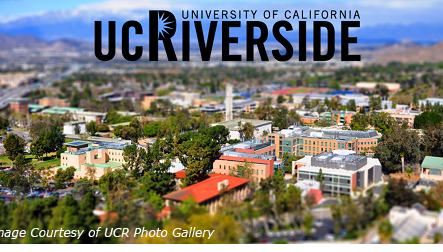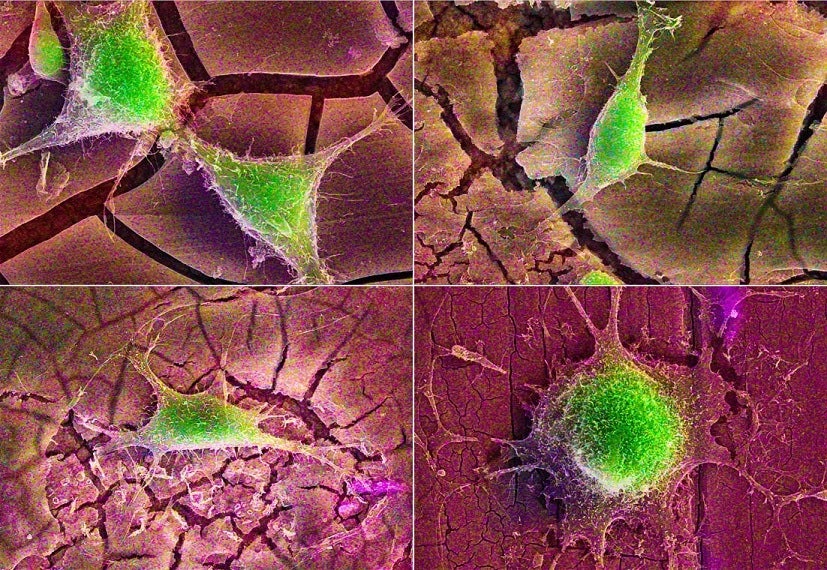UC Riverside Biomaterials & Nanomedicine Lab
Welcome to the Biomaterials & Nanomedicine Lab
Our laboratory was established in 2011 and is interested in fundamental studies and applied research in the world of biomaterials and nanostructures. Our research involves design, fabrication, and evaluation of novel biodegradable materials (metals, ceramics, hydrogels, composites) for tissue regeneration, controlled drug delivery, stem cell therapies, medical implants and devices. We actively explore interactions of biomaterials with proteins/cells/tissues for a wide range of biomedical applications.
The 10 campuses of the University of California open their doors to all who work hard and dream big. Through its teaching, research and public service, UC drives California's economy and leads the world in new directions. UC Riverside offers a wide range of opportunities for graduate study and research. As the fastest growing university in the University of California system we have constructed new, state-of-the-art buildings and developed new graduate programs to provide unprecedented opportunities for our graduate students.
We have added a new section to our website where we will showcase images captured by our lab members using a variety of materials science & biology experimental techniques! Visit the Art in Science gallery>>
October 2017. Anodization of magnesium for biomedical application - Processing, characterization, degradation and cytocompatibility. This article reports anodization of Mg in KOH electrolyte and the associated surface, degradation, and biological properties for bioresorbable implant applications. The preparation procedures for electrodes and anodization setup significantly enhanced reproducibility of samples. The results of anodization performed at the applied potentials of 1.8, 1.9, or 2.0 V showed that the sample anodized at 1.9 V and annealed, referred to as the 1.9 AA sample, had homogenous... Read More>>
Read abstracts of most recent articles>>
Browse through our list of publications>>
Subscribe for updates on published journal articles>>
Copyright 2011 - 2023 Biomaterials and Nanomedicine Lab
Webmasters: Jinrui Tan, jtan125@ucr.edu
Allison Sander, allison.sander@email.ucr.edu




